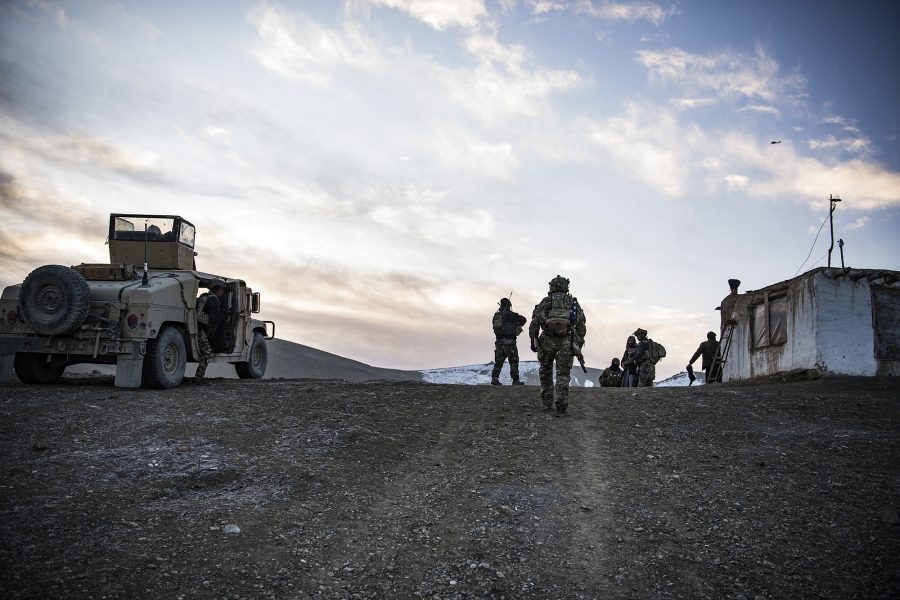Enemy attacks on U.S., coalition, and Afghan forces in the fourth quarter of 2019 reached the highest level since the U.S. government’s watchdog for the war began keeping track in 2010, resulting in increased air operations targeting the Taliban.
The Special Inspector General for Afghanistan Reconstruction, in its quarterly report to Congress, states there were 8,204 effective enemy-initiated attacks—ones that resulted in casualties—the highest total since 2010’s tally of 7,685.
Taliban attacks slowed early in 2019 as peace talks began, but violence picked up as the talks fell apart. September, the month of the Afghan presidential election, brought the highest number of enemy attacks since June 2012, including the most attacks resulting in casualties since January 2010, according to SIGAR.
There were more US casualties in 2019 than any year since the Resolute Mission began in 2015, with 23 deaths and 192 injuries, states the report, released Jan. 31.
As violence increased, the U.S. military upped its pace, setting a record for more bombs dropped and total strike sorties than any year since at least 2009, according to Air Forces Central Command.
SIGAR’s report saw some positive changes in the overall situation in Afghanistan, including a 20 percent drop in the number of reported civilian casualties from the third quarter to the fourth quarter of 2019. Additionally, the overall personnel strength of the Afghanistan National Self Defense Forces grew in the last quarter by about 7 percent, according to SIGAR.
For the Afghan Air Force, all of its airframes, except the C-208 transport planes, met their readiness benchmarks in the fourth quarter. The USAF training mission reduced its number of air advisers with a stated goal to focus more specifically on the AAF growing and becoming more independent.
